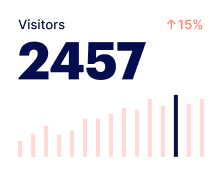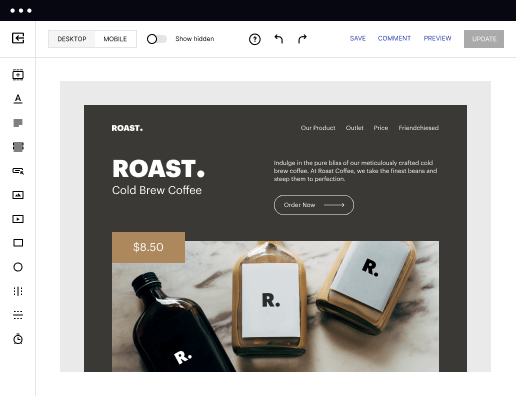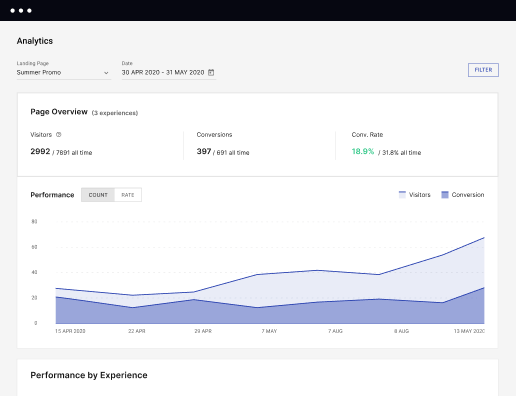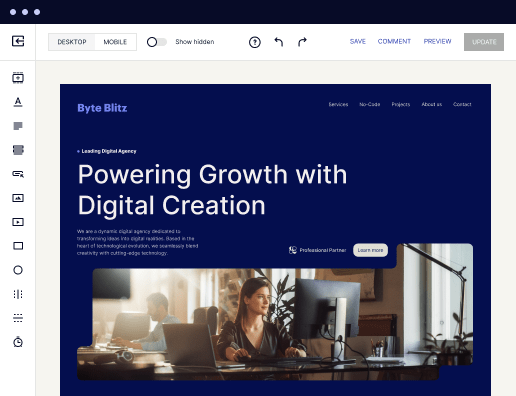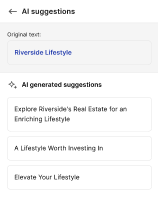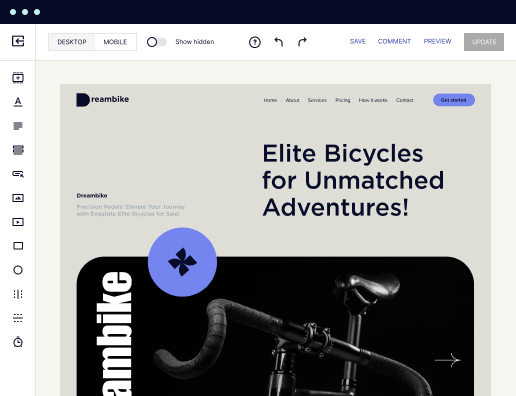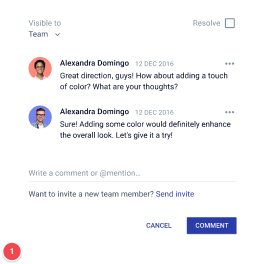Make your tailored blog page for Inventory managers
Empower Inventory managers with Instapage to deliver impactful blog page experiences and boost conversions.
Create your blog page for inventory managers with Instapage
Creating an effective blog page for inventory managers is crucial for enhancing operational efficiency and driving engagement. Instapage offers a streamlined platform that simplifies landing page creation, enabling marketers in the business services, tech, and financial sectors to design relevant, high-converting pages that resonate with their audience. Using over 100 conversion-optimized layouts, you can build and personalize your landing page effortlessly, without any coding skills.
Understanding the importance of targeted landing pages
Targeted landing pages serve as critical touchpoints that inform and engage your audience. For inventory managers, these pages can facilitate access to essential resources, insights, and tools necessary for optimizing their inventory management processes. A well-designed landing page not only conveys pertinent information but also encourages visitor interaction, leading to improved conversion rates.
- Enhanced engagement: Personalized content can directly address the pain points of inventory managers, encouraging them to stay on the page.
- Improved trust and credibility: Utilizing testimonials and case studies can help build brand trust among potential customers.
- Higher conversion rates: Clear calls-to-action and relevant offers can guide visitors towards desired actions, driving lead generation.
Step 1: Choose the right layout and design
The first step in creating your blog page for inventory managers is selecting the appropriate layout. Instapage's library provides a variety of templates tailored to the needs of your target audience. Ensure that your selected design aligns with your brand and optimizes user experience.
Step 2: Customize your content
Crafting personalized content is vital. Utilize dynamic text replacement to ensure that the language resonates with the varied audiences in sectors like education and government. Consider incorporating visuals that reflect the needs of inventory management professionals.
- Utilize visuals: Incorporate charts and infographics that illustrate crucial inventory data for better understanding.
- Case studies: Share success stories from other inventory managers utilizing your solutions.
- Engaging headlines: Craft headlines that connect directly with the challenges faced by inventory managers.
Step 3: Implement optimization strategies
To truly enhance your landing page's effectiveness, employ optimization strategies such as A/B testing to measure content performance. Leverage Instapage's built-in analytics to fine-tune your page based on visit engagement metrics. This iterative approach will help you identify what resonates most with your audience.
- A/B testing: Experiment with different headlines, images, or calls-to-action to find the most effective combinations.
- Heatmaps: Utilize heatmaps to understand visitor behavior and adjust layouts accordingly.
- Performance tracking: Regularly monitor analytics to ensure your objectives align with audience engagement.
Creating a dedicated blog page for inventory managers is not just about aesthetics; it's about delivering value through personalized experiences. Leveraging the right tools and strategies will increase brand trust and drive conversions.
Ready to create an impactful blog page for inventory managers? Start using Instapage today and empower your marketing efforts. Sign up now to transform your landing page experience.
Get more out of Create your blog page for Inventory managers
Improve your Quality Score with quick load technology for landing pages
Increase conversions with content that aligns with your ads and audiences
Achieve maximum ROI by scaling your marketing initiatives
Leading the way in building high-performing landing pages





FAQs
See how to create your blog page for inventory managers in action
Ready to skyrocket conversions?
Supercharge your ad campaigns with high-performing landing pages.
Get started
